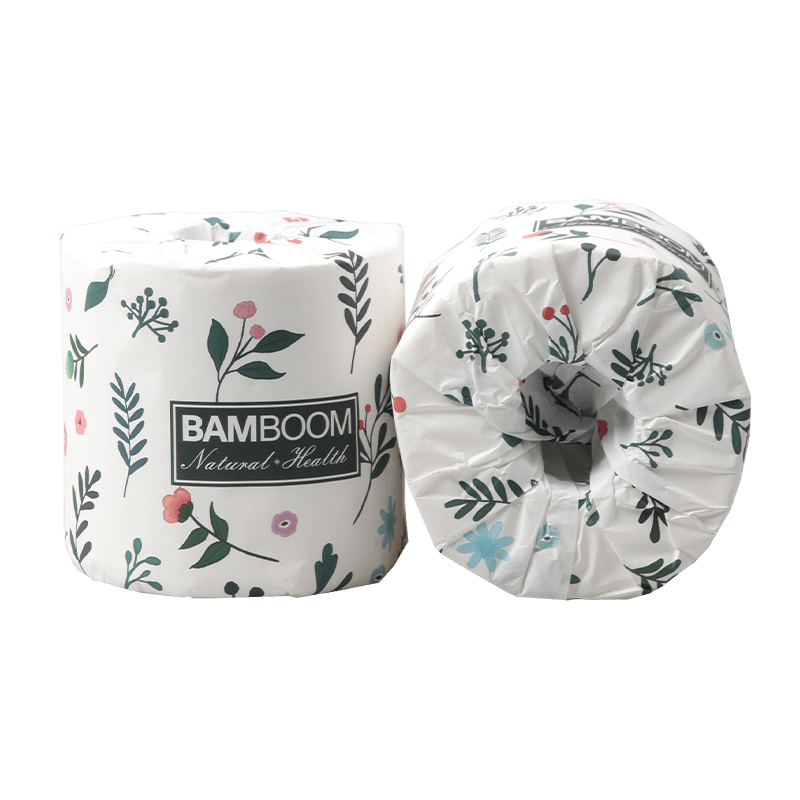Global Supply Chains for Bamboo Toilet Paper: Challenges and Solutions
Bamboo toilet paper has quickly become a popular eco-friendly alternative to traditional wood-pulp tissue products. Its rapid growth, low pesticide requirements, and minimal water usage make bamboo an attractive raw material. As the demand for bamboo toilet paper increases and understanding the global supply chains behind bamboo toilet paper becomes essential for manufacturers, retailers and sustainability advocates.
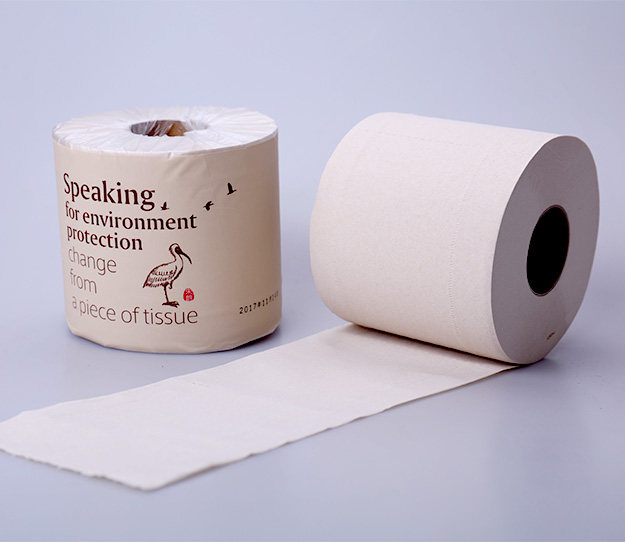
Bamboo Cultivation and Raw Material Sourcing
The backbone of bamboo toilet paper supply chains is raw bamboo, which is primarily cultivated in Asia, particularly in China, India, and Southeast Asia. These areas have ideal climates, ample labour, and established methods of farming for bamboo. But this geographical concentration also poses the risk of supply disruptions, since disturbances that result from extreme weather conditions, tensions between countries or trade restrictions may dramatically impact the availability of the raw materials.
The use of sustainable harvesting methods is crucial in ensuring that the bamboo industry doesn’t negatively impact the environment. A sustainable cultivation practice avoids excessive harvesting and encourages cutting selectively, which protects biodiversity and soil quality. Certifications like that of the Forest Stewardship Council (FSC) ensure that bamboo is grown sustainably, assisting producers and consumers confirm the environmental quality for their goods.
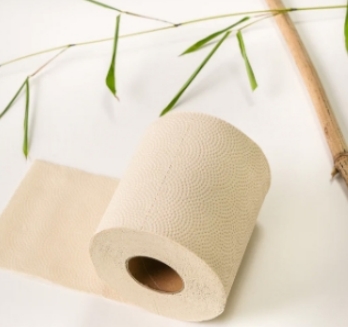
The Manufacturing Process of Bamboo Toilet Paper
The manufacturing process reveals how raw bamboo is transformed into soft, absorbent tissue paper products ready for consumers worldwide.
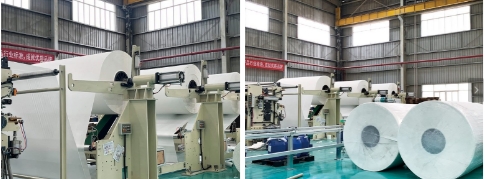
| Stage | Description |
| Bamboo Harvesting and Cleaning | Bamboo stalks are picked then cleaned and cut into smaller pieces in order to make them pulpable. |
| Bamboo Pulping | Bamboo pieces go through mechanical, chemical or semi-chemical processing to separate the fibers from the plant material lignin creating an amorphous Slurry. |
| Bleaching and Refining | Pulp is bleached in order to achieve the desired whiteness. It is then improved to enhance the fiber’s bonding and softness, absorbency and the strength in the end product. |
| Sheet Formation | The refined pulp is mixed with water before being spread out on screens to create wet sheets. After the water has been drained, the fibers join to form sheets, then they are made into a form and then dried by rolling as well as heated cylinders. |
| Rolling | The sheets that have dried are rolled into massive parent rolls and then rolled into consumer-sized items. |
| Cutting and Perforating | Parents rolls can be cut and perforated and cut into normal toilet paper rolls that are suitable for consumer usage. |
| Packaging | The finished rolls are wrapped typically in eco-friendly materials and then sorted for storage, shipping, and distribution to retailers. |
| Quality Control | Through the entire process, quality tests check the consistency of fiber, softness, absorbency, as well as strength. Certifications like FSC could be used to guarantee the sustainability of your products. |
| Innovation and Efficiency | Automated refining, advanced techniques for refining and the management of wastewater optimize production, decrease environmental impacts, and enhance the capacity of. |

Logistics and Transportation in Bamboo Toilet Paper
From Manufacturing to Warehousing
After bamboo toilet paper is made and packed after which it is shipped to central or regional warehouses. These warehouses serve as hubs for the management of inventory and distribution plan. A proper storage environment is essential to shield the tissue from dust, moisture and mechanical wear making sure that the item retains its strength and softness.
Last-Mile Distribution
After reaching the regional hubs bamboo toilet paper is then distributed to retailers, wholesalers, or directly to customers. Last-mile delivery requires smaller vehicles for transport that navigate local roads, usually in urban regions. Effective route planning, inventory management along with coordination of retailers are crucial to avoid delays and cut down on carbon emissions from transport.
Sustainability Considerations
Bamboo tissue paper is advertised as an eco-friendly products but its transportation has environmental consequences. Long-distance shipping produces carbon emissions, which could be a barrier to some of the sustainable advantages that the item offers. Logistics and logistics companies are increasing adopting strategies like efficient shipping routes consolidating shipments and low emission vehicles to decrease the environmental footprint of distribution processes.
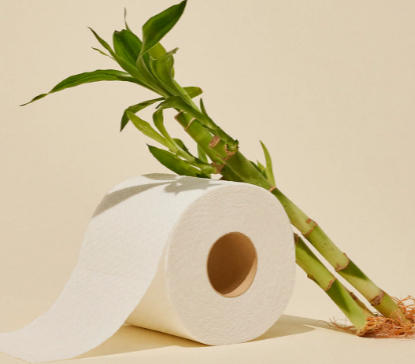
Technological Integration in Logistics
The modern supply chain for bamboo toilet papers utilize technology to increase effectiveness and efficiency. Modern tracking systems and real-time inventory management and predictive analytics enable companies to react swiftly to changes in demand and possible disruptions. These tools ensure prompt delivery, maintain the quality of the product and help achieve sustainability goals by optimizing the way they transport and reduce the amount of waste.
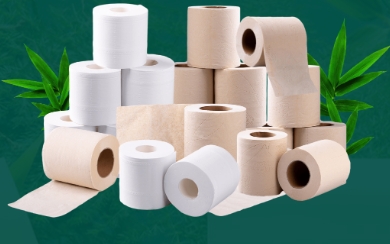
Challenges and Future Solutions in the Global Supply Chains for Bamboo Toilet Paper
The global supply chains that are supporting bamboo toilet paper face several challenges that can affect production, cost and distribution. Knowing these challenges and exploring potential solutions is essential.
1. Dependence on Regional Bamboo Cultivation
- Challenges: The majority of the bamboo used for toilet paper production is grown in Asia specifically China, India, and Southeast Asia. This exposure exposes suppliers to risk such as extreme weather conditions, insect infestations as well as political tensions and trade restrictions. Any disruption to these regions could affect the supply of raw materials, which can lead to delays and increase cost.
- Future Solutions: Expanding cultivation to other regions that have suitable climates could reduce dependence on a handful of crucial countries. Implementing farming practices that are resilient such as crop rotation, crop rotation, and preserving strategic bamboo reserves can also aid in reducing disruptions in supply.
2. Infrastructure and Processing Limitations
- Challenges: Bamboo requires special treatment to transform the fibers into soft absorbing tissue. Many nations outside of Asia do not have a pulping or manufacturing infrastructure, resulting in reliance on bamboo pulp imported from China. This raises production costs, lengthens the time of production, and complicates global supply chain.
- Future Solutions: The establishment of local manufacturing and pulping facilities within the markets of interest can cut down on transport costs and lead time. Making investments in the latest pulping technology and working with regional mills to boost efficiency in production and improve the quality of products.
3. Logistics and Transportation Challenges
- Challenges: Global supply chains involve long-distance transport from manufacturing centers located in Asia towards markets throughout North America, Europe, and even beyond. Customs clearance delays, increasing cost of shipping, and rising carbon emissions continue to pose challenges for timely and sustainable supply.
- Future Solutions: Optimizing shipping routes, consolidating shipping, and utilizing low-emission methods for transport will improve the efficiency and sustainability of. The integration of modern supply chain management systems, live tracking and predictive analytics will help businesses react quickly to disruptions or delays.
4. Cost-Competitiveness with Conventional Products
- Challenges: Bamboo toilet paper is often more expensive than conventional wood-pulp alternatives due in part to the higher costs of production and logistics. This may limit consumer acceptance and hinder market growth.
- Future Solutions: Increasing efficiency of production by strategically scaling operations, and reducing waste within the supply chain could help reduce costs. Utilizing eco-friendly branding could also justify higher prices for environmentally conscious customers.
5. Quality Consistency and Certification
- Challenges: Variability in bamboo species, soil quality, and processing techniques can affect tissue softness, strength, and absorbency. Furthermore, maintaining and achieving sustainable certifications like FSC increases the complexity and costs.
- Future Solution: Standardizing the processing methods and implementing strict quality controls and maintaining certifications assure the same quality of product. Continuous monitoring and ongoing training of staff is essential to maintain ethical and environmental standards.
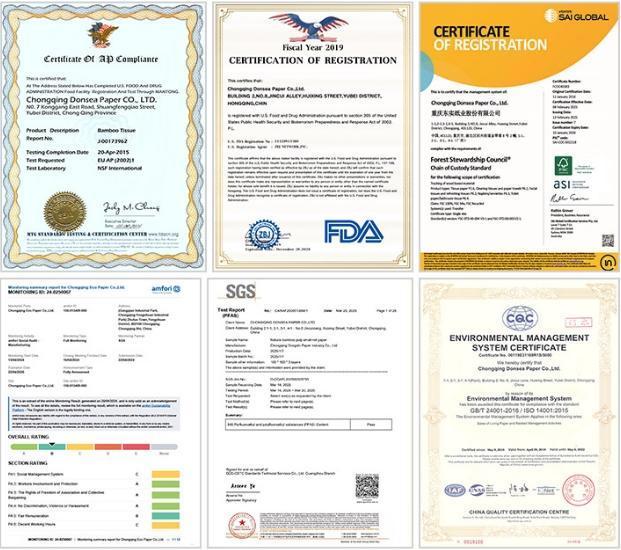
6. Balancing Sustainability and Scalability
- Challenges: Scaling production to meet the global demand could cause monoculture bamboo plantations, or competing with land that is utilized for food crops threatening the ecological balance and biodiversity.
- Future Solutions: Implementing sustainable farming practices such as crop rotation, crop rotation, and responsible land management could assist in conserving biodiversity while assisting scaling up production. Environmental impact assessments must guide expansion strategies.
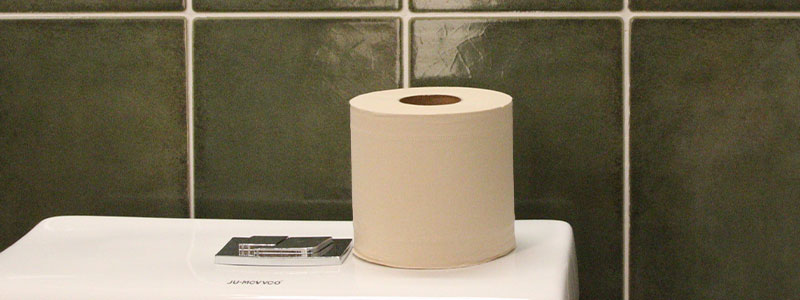
Final Thoughts
The global supply chains for bamboo toilet paper are evolving rapidly to meet the growing demand. The diversification of cultivation areas, enhancing processing efficiency and strengthening logistics networks will be crucial for stability and sustainability.

